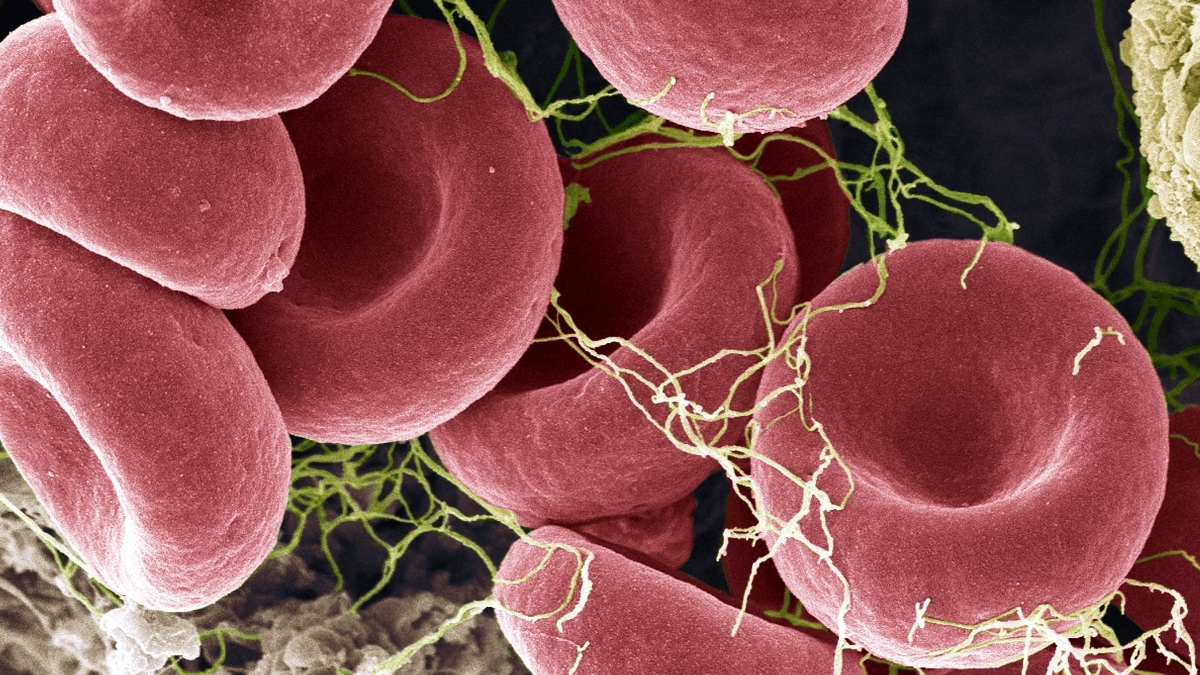The place where your parents conceived you could have permanently stunted your brain, a study suggests.
Researchers in Spain recruited women during their first trimester of pregnancy and, later, those babies that were born, and estimated how severely they were exposed to fine particulate matter (PM2.5).
PM2.5 are a group of microscopic particles that are emitted directly into the air from fossils fuels burned from factories and gasoline-powered stoves and cars, as well as burning wood in fireplaces.
These particles are so small, about 30 times thinner than a strand of human hair, that they undetectable by the naked eye and the nose and lungs can’t filter them out, allowing them to travel to the bloodstream and induce widespread inflammation.
Using MRI scans on the newborns, the researchers found that those whose mothers were exposed to higher levels of PM2.5 during pregnancy had slower myelination, the process by which myelin is formed.
Myelin is a protective sheath that coats pathways between neurons to help them better transmit information. It helps process electrical signals in the brain and allows the organ to mature.
Slow myelination can lead to developmental delays, low muscle tone and seizures.
The new study focused on children born in Spain, but PM2.5 is widely present in the US as well, particularly along the west coast and in the south. The US also has more air pollution than Spain, suggesting Americans could be facing a greater threat.
Researchers in Spain found exposure to fine particulate matter in the womb may slow the rate a baby’s brain matures (stock image)
Gerard Martínez-Vilavella, study author and researcher at the MRI Unit of the Radiology Department at Hospital del Mar, said: ‘Our study shows that the myelination process, a progressive indicator of brain maturation, occurs at a slower rate in newborns most exposed to PM2.5 during pregnancy.’
For the study, published last month in the journal Environmental International, looked at 1,080 pregnant mothers who lived in Spain recruited between October 2018 and March 2021 during their first three months of pregnancy.
The women were between 18 and 45 years old and had an average age of 34. Two-thirds were of European descent.
When the participants were 32 weeks pregnant, researchers invited them to volunteer their babies for the MRI portion of the study. A total of 93 infants received the scans after they were born.
PM2.5 exposure levels were estimated in each participant’s home, during their commute and at their workplace using data from monitoring sites and questionnaires.
The team found higher PM2.5 exposure early in pregnancy was associated with lower myelination in the cerebral cortex, the brain’s center for thought, language, memory and sensory processing.
Higher exposure later in pregnancy was associated with lower myelination throughout the brain overall.
Fetuses are more prone to lasting health effects early in gestation because their organs are rapidly developing at this time, including the brain, and early gestation is when genetic disorders tend to develop.
Pollution exposure early in pregnancy has been linked to congenital heart disease and birth defects like spina bifida, as well as low birth weight and permanent brain damage.
And a 2024 review in the journal Environmental Advances found that PM2.5 exposure in adults as well was linked damage in the lungs and respiratory system, heart, immune system and nervous system.

Pictured above are the Mono-Inyo craters in Mono County, California, where levels of fine particulate matter are more than five times higher than the national average (stock image)
Martínez-Vilavella said: ‘Air pollution, specifically PM2.5, is associated with alterations in the myelination process, a fundamental mechanism of brain maturation.
‘Therefore, it is essential to continue controlling pollution levels and to study how this slowdown may affect the later brain development of children.’
However, the babies have not yet been followed to see if they have lasting health impacts.
It’s thought that PM2.5 triggers inflammation in the brain that damages nerve cells and the myelin sheath protecting them. PM2.5 is also so small that it can cross the blood-brain barrier and enter brain tissues directly.
The team noted more research is needed to see if older infants and children will suffer long-term harms from this decreased myelination.
Dr Jesús Pujol, head of the MRI Unit of the Radiology Department at Hospital del Mar, said: ‘In the early stages of life, brain changes are large and complex. Both excessive slowdown and acceleration of brain maturation can be harmful to the child.
‘However, it remains to be determined whether the observed effect is necessarily detrimental.
‘This study opens an exciting new field of research aimed at determining the optimal speed of brain maturation during pregnancy and understanding how the mother and placenta may act as effective filters to protect and optimize this process.’
In the US, the most recent data collected by the National Institute on Minority Health and Health Disparities, an arm of the NIH, shows the highest concentrations of PM2.5 are along the west coast.
Mono County, in northern California, reported the highest levels in 2020, the latest data available, at 39.1 micrograms per cubic meter, more than five times the national average of 7.3.
The US Environmental Protection Agency (EPA) recommends being exposed to no more than nine micrograms per cubic meter of PM2.5 in a year.
With just 13,000 residents, Mono County is the least populated county in California and is home to dense rock formations and volcanic fields and craters, which spread fine ash particles and convert chemicals like sulfur dioxide into fine particulate matter like PM2.5.
Clackamas County, Oregon, and Marion County, Oregon, followed closely behind with 30.4 and 25 micrograms per cubic meter.
Just outside of Portland, Oregon, Clackamas County, home to 421,000 people, has long suffered poor air quality due to wildfire smoke and seasonal wood burning.
Experts from the American Lung Association believe Marion County, which is just below Clackamas County and has 300,000 residents, suffers high PM2.5 levels because pollution from nearby highways and farm fields gets trapped in the mountain ranges.
On the opposite end of the spectrum, Carlton County, Minnesota, reports just 1.3 micrograms per cubic meter of PM2.5, according to the latest data.
Just beneath Lake Superior, 36,000-resident Carlton County is heavily forested, reducing pollution exposure from highways and cities.
First Appeared on
Source link













